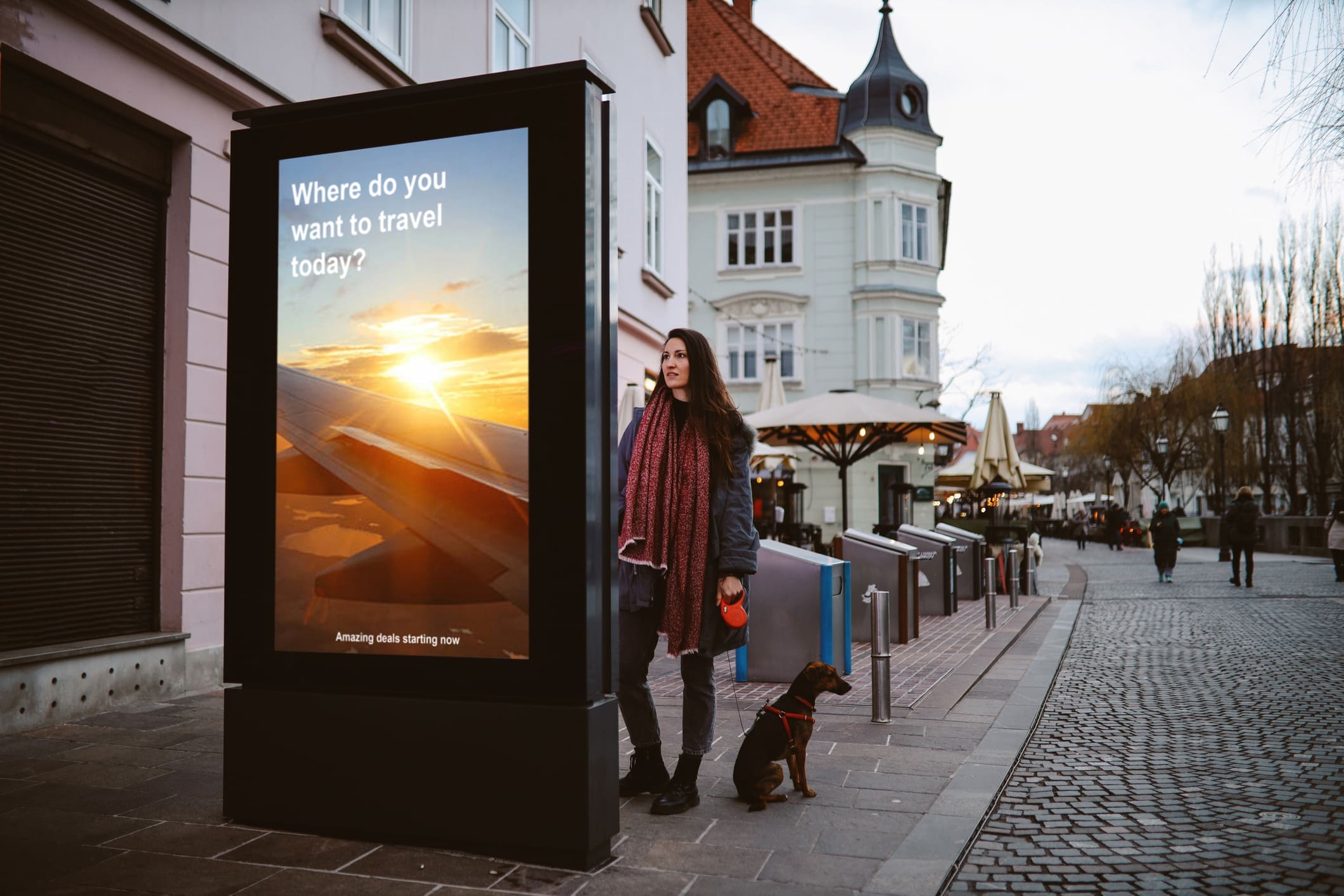When to Use Traditional Advertising

Like any other form of advertising or marketing, traditional advertising can’t stand alone. Every channel in your strategy needs to be connected with and bolstered by the other channels you use, creating an integrated marketing approach that gives you the highest chance of success. When you’re weighing whether to incorporate traditional advertising channels into your marketing arsenal, here’s what you should consider.
When to Embrace Print Advertising
Print advertising offers unique advantages that are particularly appealing to specific types of businesses. One key advantage is the ability to target a specific market. Newspapers and certain magazines typically serve well-defined geographical areas, making them an excellent choice for businesses providing in-person services. Since your potential clientele often resides within the circulation range of these publications, your message can reach its intended audience effectively.
Magazines also cater to specific niche markets. While mainstream publications like Time, Newsweek, and People cater to a broad audience, there are countless specialized magazines aimed at enthusiasts of various interests, from skiing to PC gaming. Identifying a magazine that aligns closely with your product or service can result in a receptive audience.
Furthermore, if your product boasts visual appeal, magazines provide an exceptional platform. In the digital realm, ads are often small due to limited screen real estate. In stark contrast, a full-page magazine ad can deliver unmatched visual impact, effectively capturing viewers’ attention. An iconic example is Canon’s long-standing practice of placing full-page wildlife photographs in National Geographic with the tagline “Wildlife as Canon Sees It,” showcasing the power of their cameras through striking visuals.
When to Harness Broadcast Advertising
Radio and local TV advertising offer localized targeting benefits similar to print media, enabling you to reach a vast local audience. The real magic happens when you find a TV or radio show that aligns closely with your target demographic. For example, advertising a fantasy football app during a football talk segment is a perfect synergy.
Broadcast advertising shines when it comes to reach. Even a local network television affiliate can potentially connect you with hundreds of thousands or even millions of viewers through a concise 30-second or 60-second spot. While digital ads may offer precision targeting for products with a broad target market, the goal is to reach as many potential customers as possible.
Moreover, the ability to demonstrate or explain a product or service is invaluable for certain businesses. Online attention spans are short, and if your product’s value isn’t immediately evident, potential customers may disregard it. Television and radio provide the opportunity to showcase your product, elucidate its problem-solving capabilities, and outline its benefits to a captivated audience.
When to Leverage Direct Advertising
Direct advertising proves most effective when your business relies heavily on repeat business. This principle is especially apparent in the food service industry, where regular diners represent a limited monthly market. To keep your restaurant top of mind, sending coupons and menus can work wonders. Imagine a customer coming home, spotting a half-off pizza coupon, and choosing takeout over cooking – that coupon has just paid for itself.
Retailers can also reap significant benefits from direct mail advertising. Sending catalogs featuring your latest and most popular products to previous customers keeps your brand fresh in their minds, enhancing the likelihood of repeat purchases. You can even tailor multiple catalogs to target specific customer segments or choose to send them only to high-spenders.
The key here is to avoid wasting resources on guesswork. Don’t send direct mail to people unsolicited. Wait until they express genuine interest in your business, and then use direct mail to nurture that interest.
When to Explore Out-of-Home Advertising
Out-of-home (OOH) advertising, although limited in terms of audio and video capabilities, excels at making a lasting impression. Marketers often estimate that potential customers need about six interactions with your brand before making a purchase, and every touchpoint matters. Whether your audience encounters your ads on YouTube, Facebook, or billboards, each exposure contributes to building a stronger brand presence.
OOH advertising is particularly effective for businesses facing stiff competition. In highly contested markets, maintaining top-of-mind awareness is crucial. Restaurants, gyms, attorneys, dentists, and banks are prime examples of industries where OOH ads help secure a competitive edge.
By understanding the unique strengths of each advertising channel and integrating them strategically into your marketing mix, you can maximize your chances of success in the modern advertising landscape. With the right balance of traditional and digital channels, you set up your marketing to increase returns and maintain an edge over the competition.





